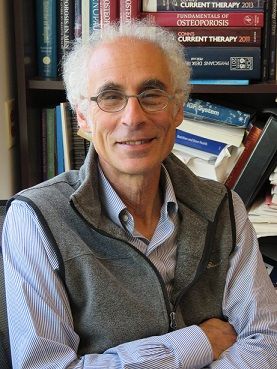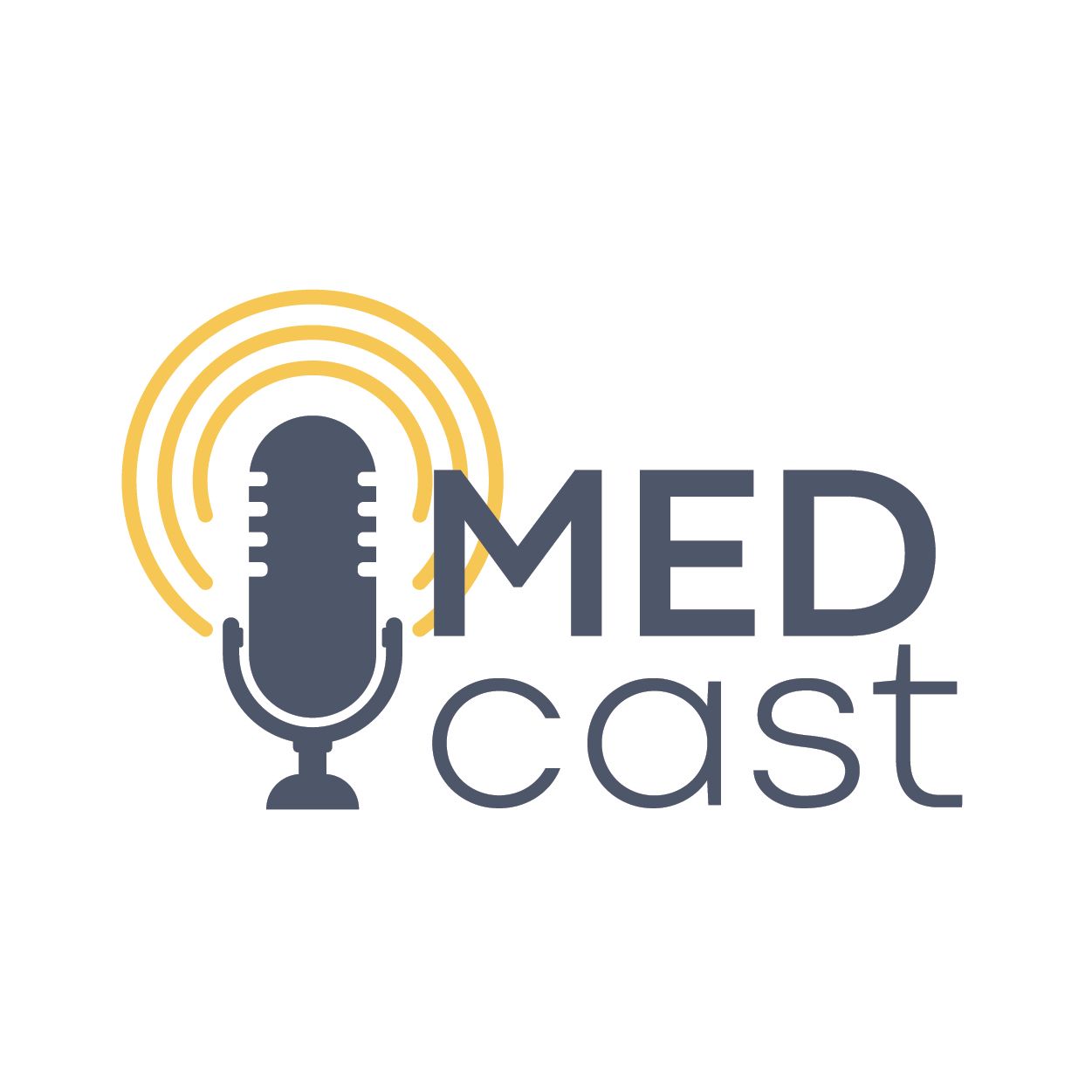Article
Q&A: Dr. Clifford J. Rosen on Obesity-Related Osteoarthritis
It’s not just weight that could be contributing to degenerative changes in obesity-related osteoarthritis. In this Q&A, Dr. Clifford J. Rosen, director of the Center for Clinical and Translational Research, Maine Medical Center Research Institute, Portland, discusses the mechanisms of osteoarthritis.
Dr. Clifford J. Rosen

By Whitney J. Palmer
Obesity is a well known contributing factor to osteoarthritis, but less is known about how weight actually impacts and affects the condition. In a recent presentation at a recent Osteoarthritis Research Society International (OARSI) meeting, Clifford J. Rosen, M.D., discussed potential pathogenic mechanism of obesity-induced osteoarthritis. Dr. Rosen serves is the director of the Center for Clinical and Translational Research at the Maine Medical Center Research Institute, Portland, Maine.
In this Q&A, Rheumatology Network discusses the mechanism of osteoarthritis:
Q: Why is it important to investigate the pathogenic mechanism of obesity-induced osteoarthritis?
A: First, it’s so common that obese individuals develop osteoarthritis. So, it’s logical to conclude that weight is a big deal and that it’s a contributing factor. We sort of assume things about obesity without realizing that it is a complex disease. It’s not just the weight that could be contributing to degenerative changes. It could be things that fat cells do that could change the articular surfaces to cause arthritis.
Q: What do we need to know about these pathogenic mechanisms?
A: Obesity contributes to osteoarthritis, particularly in the knee. One way is through the release of substances from fat cells that can be destructive to the knee joint. Hormones released by fat cells can be damaging. Some of the fat that is accumulated is very inflammatory and can release substances that can cause further inflammation. Those molecules can make it to the joints and can induce changes in the synovial membrane and in the cartilage itself that causes osteoarthritis. That’s one mechanism.
The other mechanism is through the microbiome. It’s been shown that obese individuals have a very different microbiome - the bacteria in their intestines is different than non-obese individuals. This microbiome permeates the intestines, and the intestinal wall can be altered by the microbiome so substances released from bacteria could get into the circulation and impact the joints.
Finally, we can talk about the bone marrow itself. There are more fat cells in the bone marrow of individuals who are obese. Bone marrow is adjacent to bone, particularly the subchondral bone affected by osteoarthritis. So, it could be that bone marrow is contributing to the inflammatory stage with obesity.
A lot of this is still situational, but I tried to bring attention to these mechanisms. Trying to treat the inflammatory obesity is at least one holistic approach to taking care of the patient with osteoarthritis because it might impact the joint, as well.
There’s data from experimental animal models that show you can induce the osteoarthritis phenotype in joints by putting animals on a high-fat diet. But, the epidemiology data in humans is not nearly as strong, and some would argue there’s no associations. But, there’s also more recent studies that suggest when you look at the joints of individuals with obesity, they’re a lot more lipid-laden cartilage cells. It’s indirect evidence, but it needs further investigation. It certainly opens the door to a better understating of what osteoarthritis is, particularly since obesity is so frequently associated with it.
Q: What can we learn from these mechanisms and clues?
A: I think the basic underlying theme is going back to treatment and remembering that we don’t have really good treatments for osteoarthritis. So, we’re looking for ways to intervene. Reducing body weight and the inflammation load could, indeed, at least contribute to slowing the progression of osteoarthritis. I don’t think we’re talking about curing osteoarthritis by treating the obesity, but we could get at the underlying mechanisms. My talk was more suggestive that people continue to investigate the avenues of these different mechanisms because I think they more nuanced and more advanced in helping us with a new understanding of obesity. I think that’s the point. Obesity is not just a bunch of fat cells.
Q: In addition to controlling the amount of fat cells, are there other therapeutic approaches you would recommend?
A: One thing that some people have started to address is whether you can reduce the amount of bone resorption in the bone under the joint itself - the subchondral bone. In my talk, I suggested the induction of that resorption - that breakdown of bone - may be related to the amount of fat cells in the bone marrow. That might be the source of the resorption. Anything you could do to reduce that and to try to regenerate bone would be helpful. Those are new therapeutic approaches. It may be that by reducing weight and the number of fat cells in the bone marrow you may be able to reduce the load of those inflammatory proteins causing the damage. That’s the main novel approach.
Q: What impact do you hope this information will have?
A: I think the impact is for rheumatologist to think again about obesity and remember that there’s been a lot of advanced in the field of obesity. It’s more than a weight-gain phenomenon. There’s an inflammatory aspect to it that may be contributing to the patient’s osteoarthritis. So, weight reduction and exercise can be important for the joints because they’re also working on the fat cells.
REFERENCE
Rosen, CJ, "Pathogenic mechanisms of obesity-induced osteoarthritis: new clues from old joints." Osteoarthritis and Cartilage (2019), doi:10.1016/j.joca.2019.02.007; Phone interview, June 10, 2019.
2 Commerce Drive
Cranbury, NJ 08512
All rights reserved.




